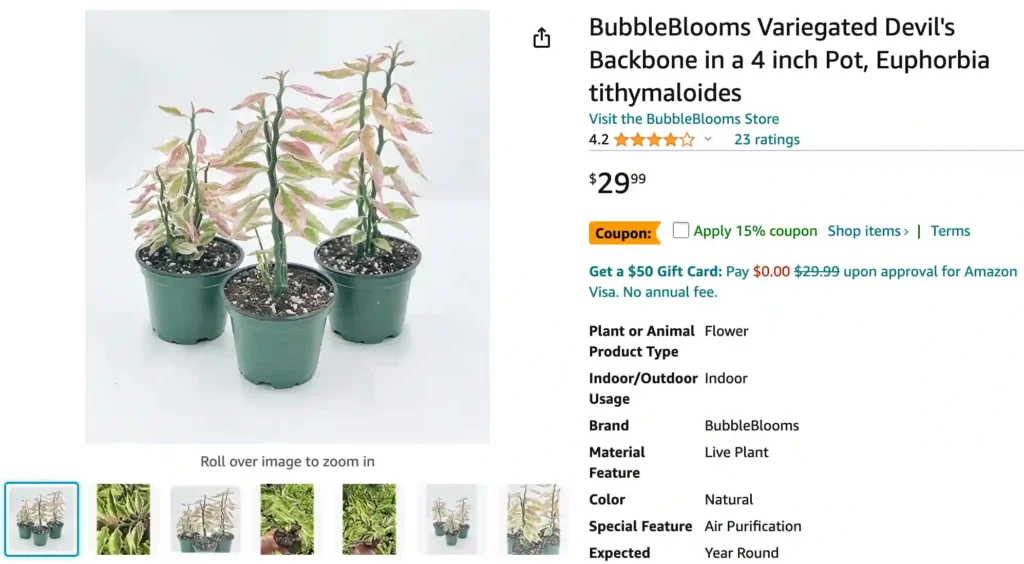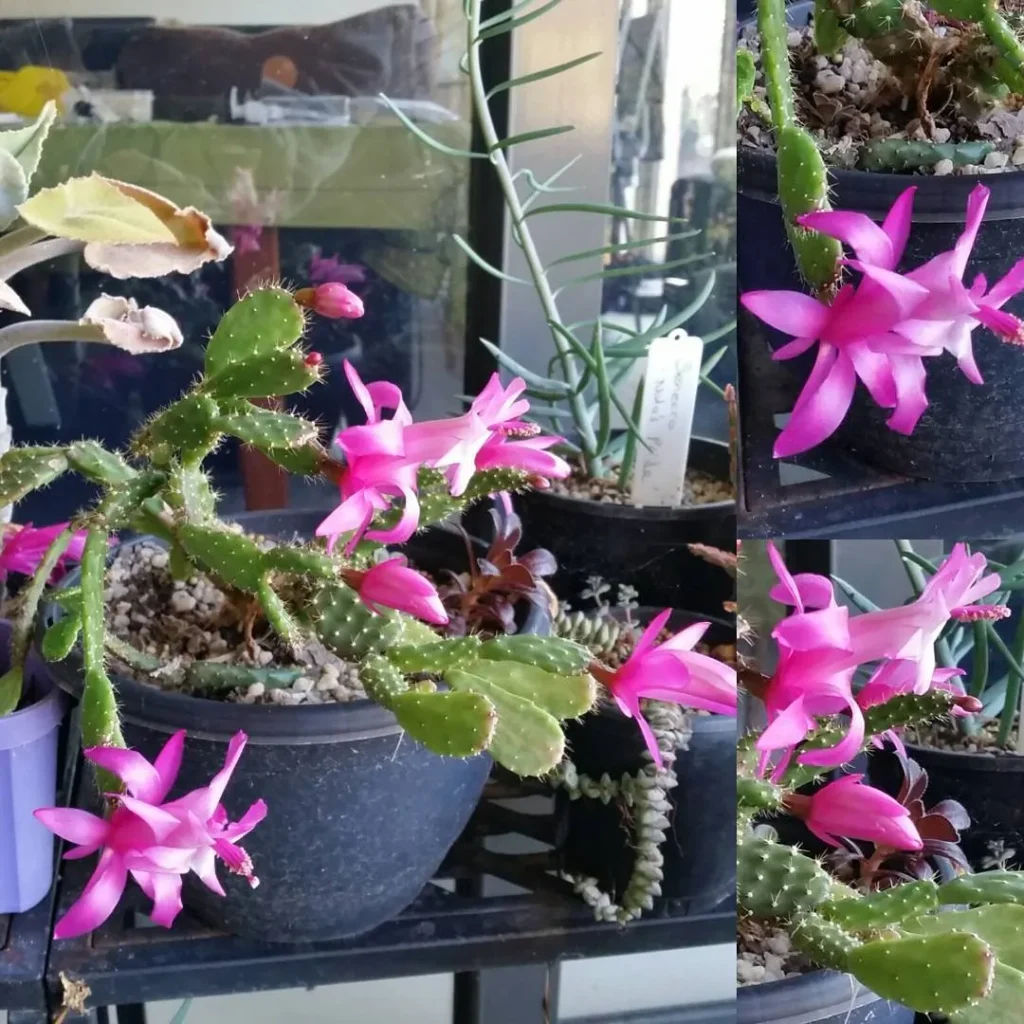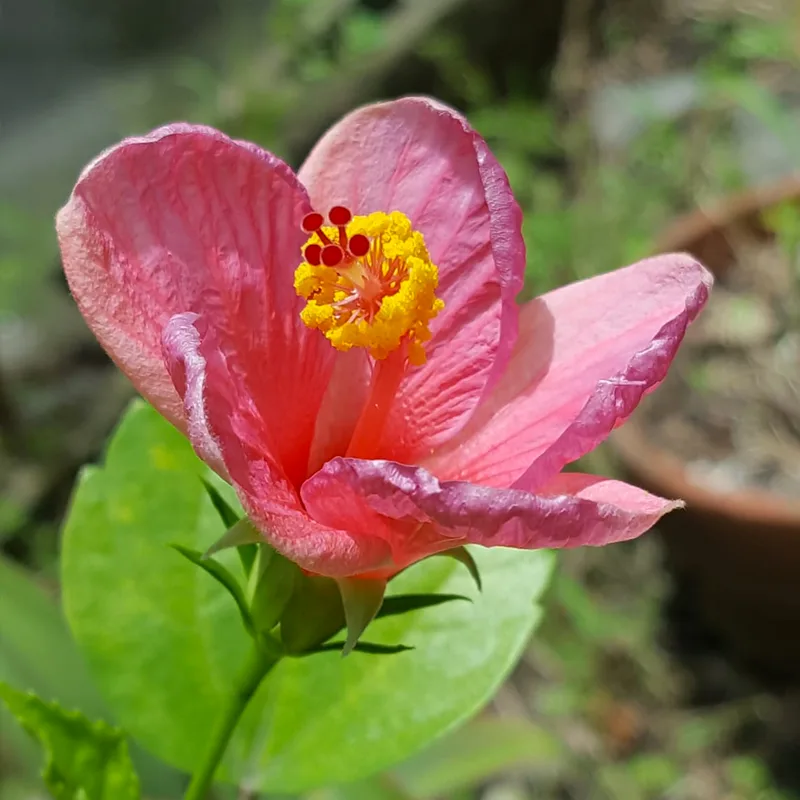
How to care for Euphorbia tithymaloides?
The Euphorbia tithymaloides, also known as the Devil’s Backbone, is a popular succulent known for its architectural stems and easy care. Here’s a guide on how to care for it:
2093 Species in Genus Euphorbia
Lighting:
- Provide bright, indirect sunlight. Avoid harsh afternoon sun, especially in hot climates.
Watering:
- Water moderately. Allow the soil to dry completely between waterings. Overwatering is a major threat to this plant.
- You can check for watering needs by sticking your finger into the soil. If the top inch of soil is dry, it’s time to water.
Soil:
- Use a well-draining cactus or succulent potting mix. You can also create your own mix by combining potting soil with perlite or sand for increased drainage.
Fertilizing:
- Fertilize sparingly. You can feed your Euphorbia tithymaloides a diluted balanced fertilizer once a month during the spring and summer growing season. Avoid fertilizing during winter.
Temperature:
- Prefers warm temperatures between 65-80°F (18-27°C). Protect it from frost and cold drafts.
Pruning:
- You can prune your Euphorbia tithymaloides to shape it or control its size. Wear gloves when pruning, as the sap can be irritating. Prune with sharp shears during the spring or summer growing season.
Important Note:
- The sap of Euphorbia tithymaloides is toxic and can irritate skin and eyes. Be cautious when pruning or handling the plant and wash your hands thoroughly afterwards.
How to propagate Euphorbia tithymaloides?
Propagating my Euphorbia tithymaloides was an exciting process. I took a healthy stem cutting, usually about 4-6 inches long, and let it sit for a few days to callous over. This step is crucial to prevent rot when it’s planted. After the end was sufficiently dry, I planted it in a pot with a well-draining cactus mix. I kept the soil lightly moist and placed the pot in a warm area with indirect sunlight. In a few weeks, I noticed roots starting to develop, which was incredibly satisfying.
Is Euphorbia tithymaloides an indoor plant?
I’ve found that while Euphorbia tithymaloides can be grown indoors, it does require a good amount of light to thrive. In my experience, placing it near a south-facing window where it can get plenty of indirect sunlight works best. However, it’s essential to watch for signs of leggy growth, which can indicate it’s not getting enough light. I’ve also had to be mindful of temperature and humidity levels, ensuring they are similar to its natural environment.
How toxic is Euphorbia tithymaloides?
The toxicity of Euphorbia tithymaloides is something I take seriously. The sap can cause skin irritation, so I always wear gloves when handling or pruning it. I learned the hard way when I got some sap on my skin and it caused a mild rash. I also make sure to keep it out of reach of pets and children, as ingesting any part of the plant can be quite harmful. It’s a beautiful plant, but its toxic nature means I have to be cautious and handle it with care.
If i die, water my plants!



